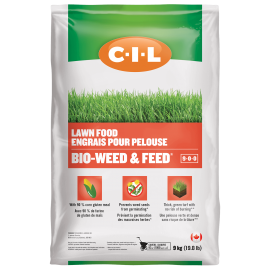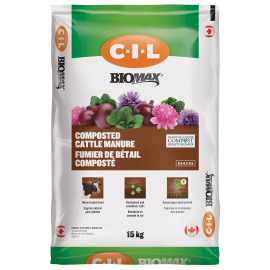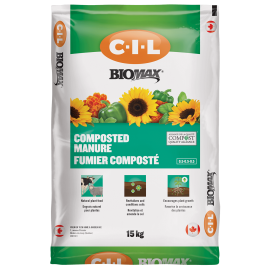How to Choose the Right Fertilizer for Your Lawn

It’s important to feed your lawn regularly. Balanced nutrition promotes lush, green growth. Healthy grass tolerates stress and is healthy enough to fend off weeds, pests, and disease.
It’s a conundrum, though; with all the products on the market, how do you know which is best?
Here are some tips to make the selection easier.
1. Feeding an Established Lawn
All plants, including grass, require nitrogen, phosphorus, and potassium. These three elements are clearly indicated by N, P and K on every fertilizer package.
Grass needs nitrogen more than the other nutrients, and an established lawn will thrive with high-quality fertilizer with an NPK ratio such as 33-0-3. This type of product aids in the production of chlorophyll, which helps grass to green up quickly.
The middle number in this NPK ratio tells you that the product contains no phosphorus. Mature grass generally needs no supplemental phosphorus because the soil contains enough. Unnecessary phosphorus is harmful to the environment when it runs into lakes and streams.
The small percentage of potassium (K), indicated by the third number, helps plants retain water and tolerate extreme weather.
2. When Weeds are a Problem
If weeds are causing problems, use a bio weed and feed product with a ratio such as 9-0-0 in spring, then continue to use it every month to keep weeds in check throughout the season. Look for a product that releases nitrogen slowly so it won’t burn your lawn.
A bio weed and feed product will prevent dandelions and other broadleaf weeds, and will help control crabgrass.
3. Feeding Lawns in Autumn
When summer is winding down and temperatures begin to drop, apply a fall lawn food with a ratio such as 12-9-18. Fall lawn food is designed to build up resistance in your lawn, helping it to withstand cold weather with a healthy start in spring.





